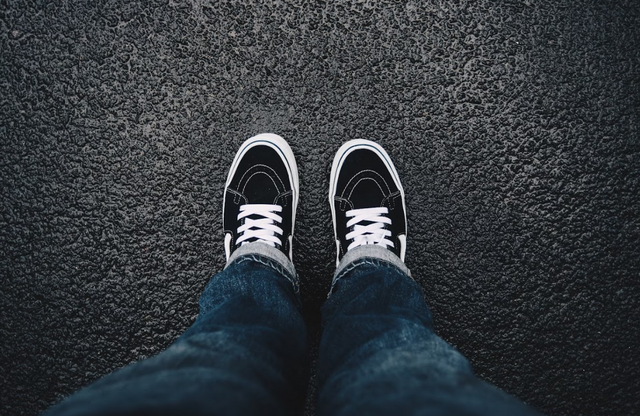
One of the most common complaints we see from patients is heel discomfort after exercise. While some heel discomfort after exercise may occur because those muscles and joints are being exercised after a time of inactivity, persistent heel pain can be quite irritating. Ongoing discomfort might limit your ability to perform the things you enjoy and may indicate a problem with your foot health.
What Causes Heel Pain Following Exercise?
There are several reasons why you may be suffering heel discomfort after exercise. It is fairly unusual for new workouts to cause strain and tension to your heel. However, chronic discomfort may indicate plantar fasciitis or other painful foot disorders.
Other typical causes of heel discomfort after exercise include sprains, strains, and other injuries. If your heel discomfort lasts more than a few days, you may need to see a heel pain doctor.
Take Breaks
It's usually a good idea to take pauses during your workout. This is especially true if you have just begun a new exercise and want to give your feet and heels time to develop endurance. Consider developing a timed program until you have gained some stamina over time.
Foot Stretches
Another wonderful tip is to extend your feet before and after your workout. Stretching is often overlooked, yet it may make a significant impact in muscular soreness. Most experts advocate extending your feet for a few seconds many times a day.
Wear Proper Shoes
Choosing the appropriate shoes is always vital for foot health. It is necessary if you intend to exercise. Choose shoes that fit comfortably and give adequate support. Wearing ill-fitting shoes is not only painful, but it may also cause additional difficulties. Look for exercise-specific shoe brands. Typically, these styles of shoes provide enough support.
Inserts
The best-fitting shoes may not always provide adequate support for certain people. Inserts are a wonderful choice for providing the extra support you require during activity. Many patients report that using foot inserts during physical exercise helps to relieve foot and heel discomfort. If you want to find out if you're a suitable candidate for shoe inserts, arrange an appointment with your podiatrist.
Soak Your Feet
Simply bathing your feet after exercise can help reduce heel discomfort. Some individuals prefer to bathe their feet in hot or cold water, while others like to add essential oils or Epsom salt for extra comfort. Hot water may give more relief, however, icy water often reduces inflammation.
Massage
A foot massage is not only pleasant, but it may also help reduce the amount of discomfort you experience after exercising. While some individuals prefer to visit a professional massage therapist, you may also massage yourself for a few minutes. Begin by lightly rubbing the heel region counterclockwise, then clockwise for a few seconds.
Medications
Medication may be an appropriate treatment for certain people. Several over-the-counter anti-inflammatory drugs may assist relieve post-exercise soreness. Make careful to stick to the suggested dosage and consult your doctor if the discomfort continues.
Do Not Push It
Athletes may develop a competitive attitude about foot and ankle discomfort. You may be tempted to "train through the pain," but this is not a wise decision. If you have foot pain, do not force yourself to continue the exercise. Stop the activity immediately and resume after the discomfort has eased.
When to Visit a Doctor
If your discomfort persists, you should consult a doctor straight away. You do not want to ignore it since it might indicate a more serious situation. Your podiatrist could simply examine your heel discomfort and determine if it is normal or not.